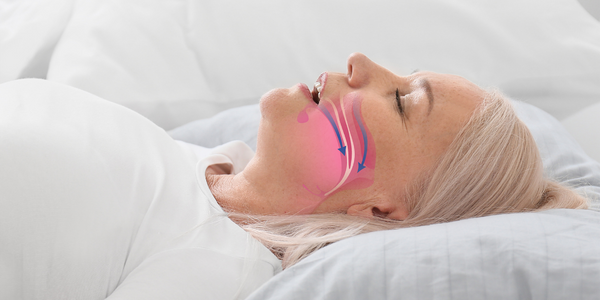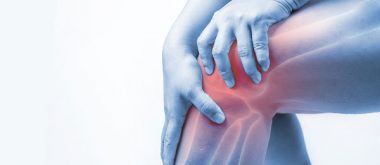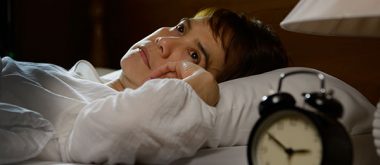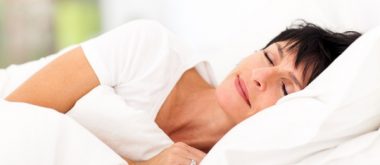Menopause is a time when a woman’s body undergoes many changes. Hot flashes, night sweats and joint pain are just some of the symptoms that postmenopausal women experience as their bodies adjust to life without estrogen. In addition to these common side effects of menopause, recent research has found that postmenopausal women with sleep apnea experience even more fatigue and joint pain than their counterparts who have no pre-existing medical conditions.
What is Sleep Apnea?
Sleep apnea, also known as sleep-disordered breathing, is a condition that affects millions of people, especially those who are overweight. It occurs when the muscles and tissues of the airways become relaxed during sleep. This relaxation can temporarily cause the airways to close, blocking airflow to the lungs. If the airway closes for 10 seconds or more, you may not get enough oxygen, which can cause excessive daytime sleepiness and high blood pressure.
If you have sleep apnea, you may not realize it because you’re not awake when it’s happening. The only way to know if you have sleep apnea is to be tested for it with a sleep study.
Sleep Apnea in Postmenopausal Women
On average, menopause occurs between the ages of 45 and 55, and officially begins after a woman has been period-free for 12 months. Menopause is initiated by a decrease in the body’s production of estrogen.
Estrogen provides many benefits during a woman’s child-rearing years. It increases blood flow to the pelvic region, helps promote bone growth and keeps the ovaries functional. However, a drop in estrogen is also the source of many of the side effects associated with menopause. Without estrogen, a woman’s body becomes less flexible, more dehydrated, more at risk for bone fracture and more likely to experience intense joint pain, in addition to common symptoms of menopause, such as night sweats and hot flashes.
As estrogen levels drop during menopause, the tissues in a woman’s body also become less flexible, which can make sleep apnea worse. This is one of the reasons that women are four times more likely to experience this condition than men.
How Sleep Apnea Worsens Joint Pain and Fatigue
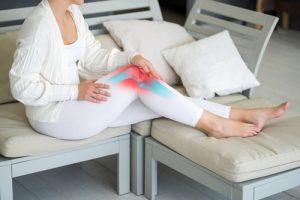
Additionally, since blood flow increases to the pelvic region during menopause, blood flow to other body areas is decreased, lessening the blood flow to the muscles that support the joints. Less blood flow to the muscles that support the joints can cause the joints to become stiff and achy.
Sleep apnea also causes an increase in blood flow to the pelvic region, which reduces blood flow to the muscles that support the joints. This reduction in blood flow can worsen joint pain and fatigue due to less oxygen and nutrients reaching the joints.
Another study correlated lower levels of estrogen to sleep apnea, which could help explain why this condition can become more prevalent after menopause, when estrogen levels drop. Lack of estrogen has also been found to contribute to the development of osteoarthritis in postmenopausal women. It may also worsen joint pain and fatigue in postmenopausal women by causing an increase in cortisol levels, increasing the risk of joint pain.
Strategies to Manage Sleep Apnea and Menopause Symptoms
There are several ways to manage sleep apnea and menopause symptoms together. You can try lifestyle changes, such as losing weight and practicing good sleeping habits, like sleeping on your side. You may also want to try wearing an oral device or undergoing a procedure to help you breathe more easily while sleeping.
If these changes don’t help, you may want to talk to your doctor about getting a continuous positive airway pressure (CPAP) machine. These machines help people with rest apnea breathe more easily during sleep by providing a steady air stream through a face mask.
Because estrogen levels decline during menopause and lead women to experience joint pain and fatigue, postmenopausal women with sleep apnea can experience even more pain and fatigue than postmenopausal women who do not suffer from this condition.
Researchers aren’t exactly sure why women with sleep apnea and menopause experience more joint pain, but they think estrogen withdrawal and higher levels of cortisol may be a contributing factor, providing something to consider when selecting treatment options.
